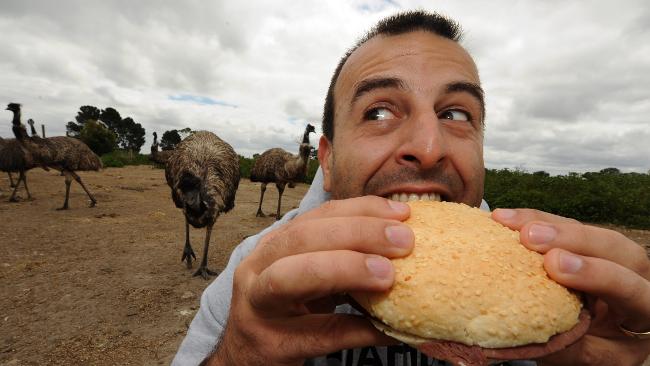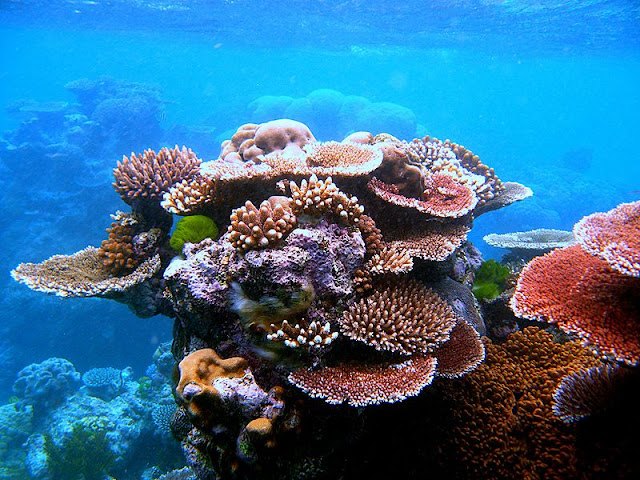Dubbo Zoo was opened in 1977, since then the Zoo has developed a reputation as a world-renowned centre for its care of wildlife, breeding programs (especially of endangered species), conservation programs, education facilities and exhibits. It is now widely recognised as Australia’s greatest open plain zoo. The Zoo is an open-range design, with walls and fences replaced by concealed moats which divide the animals from the visitors. This creates the impression of actually being with the animals in the wild.dlife parks
Dubbo Zoo has also become recognised as a major tourist attraction both within New South Wales and in Australia. In 1994 Dubbo Zoo was awarded as the Best Major Tourist Attraction, the highest honour in Australian Tourism.
Dubbo's Western Plains Zoo provides much more than animal displays, it is a place to come and relax and enjoy the atmosphere. It is also an education centre, a research centre and a wildlife conservation and preservation centre for species from throughout the world. It is really much more than a zoo.
Wildlife Reproductive Centre
The Wildlife Reproductive Centre at Taronga Western Plains Zoo was the first of its kind in Australia when it was built in 1994. The WRC works with other staff within the Taronga Conservation Society Australia, other wildlife organisations or academic collaborators to gain information needed for the management of captive or free-ranging populations and to answer fundamental questions about reproductive biology and population dynamics and viability.
The WRC also incorporates the Animal Gene Storage Resource Centre of Australia (AGSRCA) which was established as a joint venture between the Taronga Conservation Society Australia and the Monash Institute of Reproduction and Development in 1995, and includes “frozen zoos” of genetic material at both sites. This program aims to develop new techniques to collect, preserve and store genetic material from endangered and other important species including the Black Rhinoceros, Greater Bilby, Common Wombat, Tasmanian Devil and African Wild Dog.
.






















































